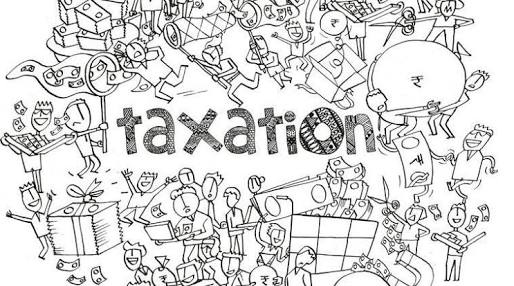We are currently in the midst of an unprecedented[ún'pre-si,den-tid(new,अभूतपूर्व)] early drought that is already affecting at least 10 states. Even if the met department’s optimistic prediction of a better-than-normal monsoon comes to pass, it will be at least two months before there is much relief in most rural areas of the country. Meanwhile, for at least 300 million rural people, in one-third of the gram panchayats in the country, the situation is really dire. Shortage of essential drinking water is only one of many problems; the water scarcity has also affected crops and fodder for animals, and has cut down on both farmers’ livelihood and wage incomes of rural labourers. This rural distress is not only a humanitarian disaster, it also drags down the entire economy because of the dip in rural demand.
In drought situations, public works programmes become not just desirable but absolutely necessary, simply to provide a minimum lifeline to people living in these areas and also to keep the rural economy going. This was understood even by the British colonial administration, which introduced drought relief programmes that were essentially public works that ensured some wage employment and therefore survival of people in affected areas.
In contemporary India, such extra programmes are no longer thought to be necessary because we already have the MGNREGA, now a decade old, which should provide an automatic buffer in such situations. The act — passed unanimously[yoo'na-nu-mus-lee(full agreement,सर्वसम्मति)] by both Houses of Parliament — promises 100 days of employment to every rural household in a year. It is designed to be demand-driven, which means that the government must provide work within 15 days of it being demanded (or pay some compensation for the delay) by those willing to work at the minimum wage. Failure to get such work is supposed to attract a further compensation of half the wages, at least in the law.
Clearly, if this programme were functioning properly, the increased demand for work driven by drought conditions would be met by an increase in public works programmes that would provide work at minimum wages, thereby easing the local conditions and providing some incomes to those very badly hit. The works themselves could be designed to help in managing the drought and reducing the possibility of future droughts. Indeed, the Central government has recognised all this, by increasing the promised days of employment from 100 to 150 per household in drought-affected states.
But all this obviously requires that the money for such public action is available. This, too, is essentially promised by the law, which makes it incumbent[in'kúm-bunt(duty,कर्तव्य)] on the government to provide such employment and, therefore, makes the budgetary resources to be provided for the programme by the Central government supposedly the outcome of such demand. But what is occurring is actually a clear violation of the law, as the Central government has repeatedly capped the spending on the MGNREGA to its own arbitrary allocation and simply refused or delayed the funds transfer to the states. This, in turn, has meant that even in severe drought conditions, state governments simply do not have the resources to fulfil their legal obligations to provide enough employment to those desperate for some work and wages.
The current situation shows just how cynical[si-ni-kul(distrustful,दोषदर्शी)] and feckless[fek-lus(irresponsible,गैर जिम्मेदार)] the government is being. Spending on the programme was down to only 0.26 per cent of the GDP in 2015-16, compared to 0.6 per cent at its peak, and it provided only around 30 days of employment on average, instead of the promised 100 days. This was not because of lack of demand — rather, the Central government simply refused to pass on money to state governments that were asking for it, leading to huge unpaid dues of Rs 12,590 crore. Pressure from the Supreme Court has finally forced the Centre to release this amount after much delay, but this still does not provide any funds for the new spending that is more required than ever.
Ten drought-affected states were among those facing deficits, which made a complete mockery of the decision to allow 150 days of work rather than 100. If the drought-affected states were actually to provide 150 days of work, this would have amounted to an additional spending of around Rs 15,500 crore. This explains why only 7 per cent of households in drought-affected states were actually able to access 150 days of work.
Even worse, the Central government on its own has slashed the labour budget proposed by the states. It continues to ignore the need to pay the minimum wages in each state, despite court strictures. And now it is refusing to pay the material costs that are overdue, arguing that the states should find funds for those. So it is completely disregarding the basic provisions of the law at a time when it is sorely needed.
As a result, delays in wage payments continue. Workers in many states will now be paid for work done in the previous financial year, several months later. Only 1.5 per cent of the compensation for delay that is legally due to them has been paid. Now rural people are once again forced into backbreaking work in the intense heat in the hope of eventually receiving some part of the payment that is due to them, and even such work is inadequate[in'a-di-kwut(insufficient,अपर्याप्त)] to meet their pressing needs, and well below the promised 100 days.
If not now, when should the MGNREGA be taken seriously? What will it take to make this Central government recognise its own legal obligations and at least mitigate[mi-ti,geyt(lessen,कमी)] the current massive rural distress?
Courtesy:indian express















